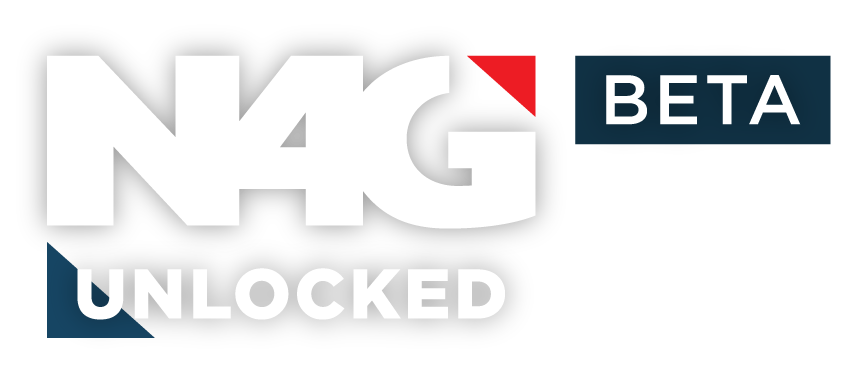In Valorant, besides hitting your shots, managing your credits is crucial in climbing the ranks. Valorant Economy Management gives you the tools to outsmart and outplay your opponents. In this guide, we’ll share strategies that help you maximize your credits and maintain a competitive edge throughout the game.
Understanding Credits and Their Importance
Valorant isn’t only about aiming and using abilities; it’s also about mastering the financial aspect. The term “economy” in Valorant contextually refers to the credits you and your team possess. Credits are paramount as they allow you to purchase pivotal game elements – weapons, shields, and abilities. Ensuring a well-maintained Valorant economy can often make the difference in securing a full buy during critical rounds.
Earning Credits: The Basics
Every player begins a half with a modest 800 credits. The initial round provides myriad ways to spend this amount, but most end up with a spare of less than 200 credits. After this, your task is to grow your economic stature by obtaining credits via kills, planting the Spike, and, most importantly, round outcomes.
Here’s a breakdown of the credit system:
| Action | Credits Earned |
| Kills | 200 Credits |
| Round Win | 3,000 Credits (For the entire team) |
| Round Losses | 1,900 Credits (For the entire team) |
| Two Consecutive Losses | 2,400 Credits (For the entire team) |
| Three or more Consecutive Losses | 2,900 Credits (For the entire team) |
| Spike Plants | 300 Credits (For the entire team) |
Basic Economy Strategy
For a more strategic approach to your spending, consider the following:
- Weapons like the Phantom and the Vandal will set you back 2,900 credits.
- A full shield is priced at 1,000 credits, and the abilities per agent hover around the same price.
- A quick calculation brings the ideal “full buy” amount to 4,900 credits, including your primary weapon, full shield, and all abilities.
However, there’s room for flexibility. An amount of 3,900 credits could suffice, allowing for a primary weapon with either a full shield or a combination of half shield and essential abilities.
Your constant aim should be to secure 4,900 or, at the very least, 3,900 credits for subsequent rounds. The “min next round” section under your agent’s portrait in the buy menu provides an invaluable insight into your economy status.
Strategic Uses of Ultimate Abilities
Strategic nuances like Jett’s Bladestorm and Chamber’s Tour De Force are essential considerations. Given their immense power, these ultimates can often stand in for weapons. Players can tactically force buy during a save round, employing their ultimate in the subsequent full buy round. This strategic move ensures competitiveness against adversaries without causing economic disruption.
Max Cap and The Art of Spending
An upper ceiling exists, capping each player’s credit accumulation at 9,000. Hoarding beyond this is futile, as additional credits won’t carry over. It’s wise to invest in teammates by dropping weapons or acquiring additional pistols when nearing this cap. Sharing is, after all, caring!
Economic prowess in Valorant is as valuable as a sharp aim. Harness the power of credits with Valorant Economy Management strategies to ensure you’re always ready for every challenge the game throws you.
Check out our other guides for more ways to enhance your gameplay: Sound Strategies in Valorant and Kill Trading in Valorant.



 0 Comments
0 Comments 